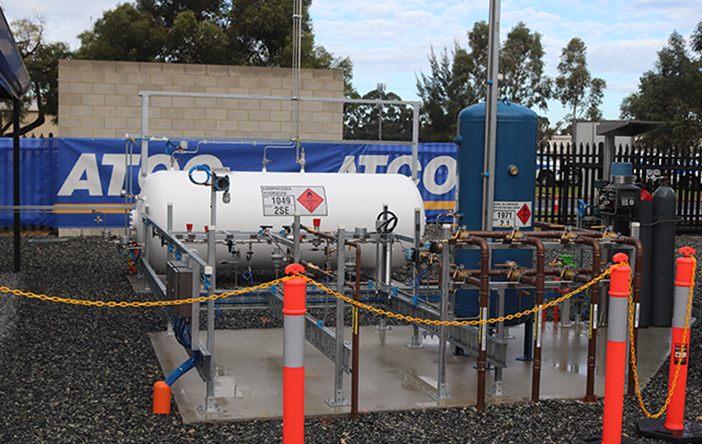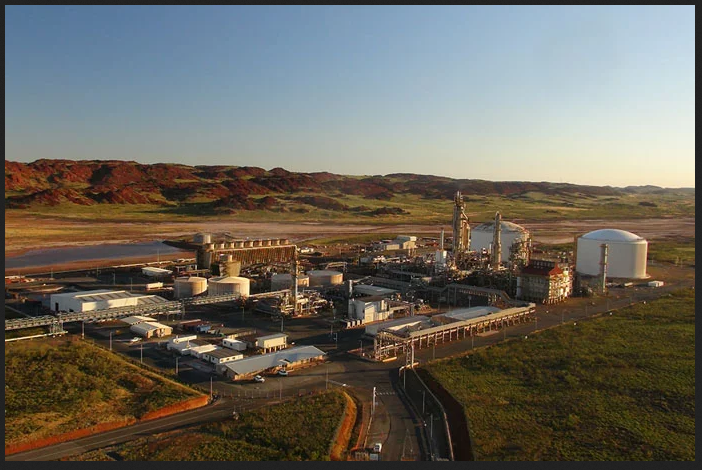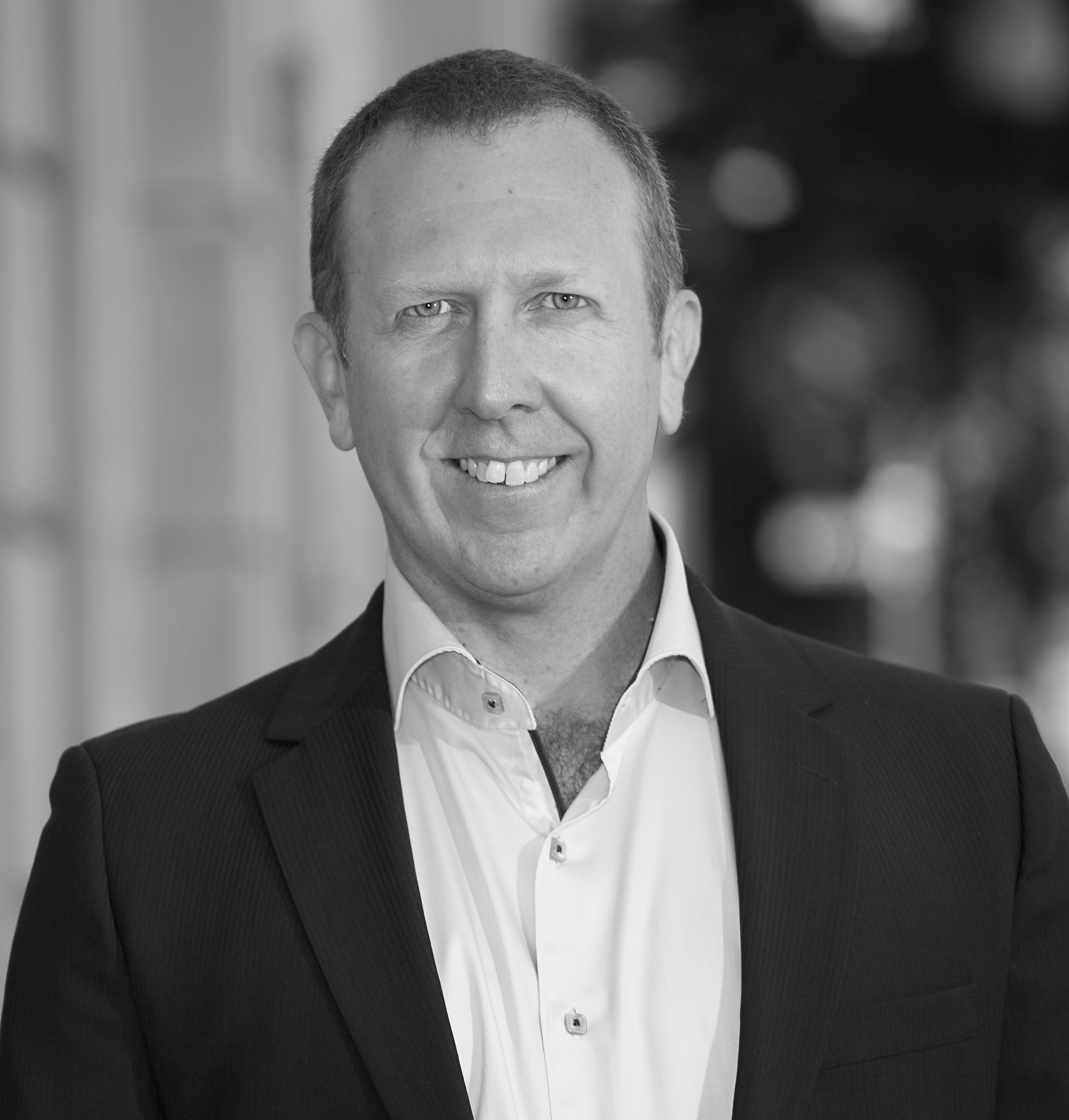Renewable Hydrogen Strategy launches
On 19 July, the Western Australian Government released its Renewable Hydrogen Strategy, which aims to position the state as a leader in the global renewable hydrogen[i] industry.
The WA Premier, The Hon. Mark McGowan, stated the government will actively support industry efforts to grow the renewable hydrogen industry, saying that “The Strategy will look at developing Western Australia’s domestic production capabilities and opportunities for downstream processing. It will also look at ways to drive local content, so Western Australian suppliers are in the box seat to capitalise on the potential of hydrogen[ii].”
As a part of the McGowan Government’s drive for innovation and economic diversification, the Western Australian Renewable Hydrogen Council[iii] was established in 2018, and informed the development of the strategy. Whilst the vision is orientated towards an export market, Minister Alannah MacTiernan recognises that the development of a market will not occur without significant investment and lead times.
The Strategy, published by the Department of Primary Industries and Regional Development, and subsequent efforts are also aligned to the development of a National Hydrogen Strategy being led by Australia’s Chief Scientist, Dr Alan Finkel for the Council of Australian Governments (COAG) Energy Council.
The opportunity
Increasing focus on decarbonisation, particularly in relation to non-electric sources of emissions, is expected to stimulate growth in a global hydrogen market. Countries such as Japan and South Korea have signalled an intention to import low-emissions hydrogen for energy and transport purposes. The strategy states that nationally, hydrogen exports could reach $2.2 billion by 2030 and $5.7 billion by 2040.
PierreEtienne Franc, secretary of the Hydrogen Council, says[iv] that Australia will need to develop a domestic hydrogen sector if it wants to capitalise on its huge potential as an exporter, amid competition from Saudi Arabia, Qatar and Chile, which are also eagerly eyeing a potential $US2 trillion global market by 2050. He went on to say that Australia will need to bring other countries along in developing a hydrogen market aside from Japan and South Korea.
Western Australia’s world-class renewable energy resources, established energy production and export industry, and proximity to key international markets make it well placed to produce, use and export renewable hydrogen for economic and environmental benefit. End uses include both as an energy carrier as well as feedstock for industrial processes (figure 1).
Figure 1: Hydrogen end uses
 Source: WA Renewable Hydrogen Strategy
Source: WA Renewable Hydrogen Strategy
The key advantages identified in the strategy are:
1. Renewable energy resources: particularly solar and wind
2. Land: access to land for siting large renewable energy projects
3. Existing infrastructure: leveraging the existing export infrastructure of the resources sector
4. Strong existing industry presence: especially in the LNG sector
5. Skilled workforce: existing energy sector workforce and research capability
6. Access to markets: geographical proximity to Asia and a historic presence in those market
Looking ahead, Western Australia intends to develop domestic production capabilities and applications of renewable hydrogen, improving the state’s hydrogen industry expertise. Its key strategy goals include:
Strategy Goals – 2022:
- A project is approved to export renewable hydrogen from Western Australia
- Renewable hydrogen is being used in one remote location in Western Australia.
- Renewable hydrogen is distributed in a Western Australian gas network.
- A refuelling facility for hydrogen vehicles is available in Western Australia.
Strategy Goals – 2040:
- Western Australia’s market share in global hydrogen exports is similar to its share in LNG today.
- Western Australia’s gas pipelines and networks contain at least 10 per cent renewable hydrogen blend.
- Renewable hydrogen is widely used in mining haulage vehicles.
- Renewable hydrogen is a significant fuel source for transportation in regional Western Australia.
Strategic focus areas
The strategy identifies four key “strategic focus areas”: Export; Remote applications; Hydrogen blending in natural gas networks; and Transport (figure 2).
Figure 2: WA renewable hydrogen strategy
 Source: WA Renewable Hydrogen Strategy
Source: WA Renewable Hydrogen Strategy
Focus #1: Export
Recognising both the infancy and the potential of the renewable hydrogen industry, the State Government will work with industry to develop and promote Western Australia’s ability to supply cost-competitive renewable hydrogen.
Financial support will no doubt be required to support the development of pathways to both technical and commercial viability. The government will make funding available for commercialisation, and for the development of appropriate standards and regulations for the sector.
Figure 3: Renewable hydrogen export value chain
 Source: WA Renewable Hydrogen Strategy
Source: WA Renewable Hydrogen Strategy
Focus #2: Remote applications
This focus area will look to replace diesel in powering mining plant, mining vehicles, and feedstock for industrial processes. It could also be used as a storage medium as an alternative to batteries. Hybrid systems (renewable energy, batteries and hydrogen with back up diesel) may be an alternative supply solution for remote communities.
Figure 4: Example renewable hydrogen use on a mine site
 Source: WA Renewable Hydrogen Strategy
Source: WA Renewable Hydrogen Strategy
Focus #3: Hydrogen blending in natural gas networks
Blending up to 10 per cent renewable hydrogen into the existing gas network could reduce emissions by 13 per cent. This represents an opportunity to partially decarbonise gas consumption and provide a step towards deeper decarbonisation in the longer term.
Electrolysers could also be used as a service to absorb excess renewable energy in the grid or replace rapid loss of demand.
Figure 5: Renewable hydrogen blending into gas network
 Source: WA Renewable Hydrogen Strategy
Source: WA Renewable Hydrogen Strategy
Focus #4: Transport
Hydrogen for road freight could significantly assist decarbonisation of West Australia’s road freight carbon footprint, which is expected to double in size from 2010 to 2030. Hydrogen is advantageous in its lower weight compared with battery vehicles. Fuel cell buses have previously been trialled in Perth.
Figure 6: Renewable hydrogen refuelling station
 Source: WA Renewable Hydrogen Strategy
Source: WA Renewable Hydrogen Strategy
Hydrogen projects in WA
Western Australia is currently host to leading hydrogen projects at various stages, some of which include:
- ATCO’s Clean Energy Innovation Hub, which will be a test bed for hybrid energy solutions and will integrate natural gas, solar PV, battery storage and hydrogen production. It was officially launched on 19 July 2019. The hub will investigate how ATCO can blend hydrogen within their existing natural gas network. The hub will produce approximately 10kg per day.
 Source: ATCO
Source: ATCO
- The Hazer Group recently signed a memorandum of understanding with the WA Water Corporation to utilise biogas from treatment plants as a feedstock to their hydrogen production process. The unique process uses methane with iron ore as a catalyst to produce hydrogen and synthetic graphite.
- At the end of 2018 Fortescue Metals Group announced a partnership with the CSIRO where it will fund and support CSIRO to capitalise on the economic opportunities associated with hydrogen, and support the development of a competitive hydrogen industry in Australia. The agreements span a five year time frame with the first of the agreements focussed on CSIRO’s metal membrane technology, to make the transportation of hydrogen economically viable.
- Woodside has invested in the Hydrogen Energy Network (HyNet) consortium that plans to build and operate 100 hydrogen refuelling stations in South Korea, amid growing interest in the fuel in key markets. This exposure to the market for hydrogen as a transport fuel will complement Woodside’s support of hydrogen research through two Memoranda of Understanding signed in 2018 with KOGAS and Pusan National University.
- Yara Pilbara is advancing plans to produce and export ammonia from renewable hydrogen (pictured below). The company has partnered with Engie to develop a feasibility study.
 Source: Yara International
Source: Yara International
- Asian Renewable Energy Hub’s development of a renewable energy hub, located in the Pilbara region of Western Australia, for up to 15 GW of solar and wind commenced in 2014. The Western Australian Government acknowledged the project’s potential and progress with Lead Agency Status in July 2018. Macquarie Group has agreed to provide development capital to the Asian Renewable Energy Hub and join the project consortium alongside Intercontinental Energy, Vestas and CWP Energy Asia.
Strategy implementation
The strategy identifies the key actions that the Western Australian Government will take to support industry efforts in the growth of a renewable hydrogen industry - also stating that this implementation will help to diversify the economy, support regional development and create new, long-term jobs.
Figure 7: Strategy implementation
 Source: WA Renewable Hydrogen Strategy
Source: WA Renewable Hydrogen Strategy
To help “accelerate growth” government action, while working alongside industry, is stated to include:
-
$10 million Fund: to facilitate private sector investment
-
Resourcing: establishment of a dedicated unit to coordinate activities across government agencies
-
Regulations and standards: working with Federal Government and other relevant bodies to ensure safety and customer protections
-
Relationships: engagement with industry, governments and research bodies to support and facilitate the development of the industry including through the National Hydrogen Strategy.
For more information on the WA renewable hydrogen strategy visit: www.drd.wa.gov.au/projects/EnergyFutures
[i] Renewable hydrogen is hydrogen produced from renewable energy
[ii]http://www.drd.wa.gov.au/Publications/Documents/wa_renewable_hydrogen_strategy.pdf
[iii] Council includes senior representatives from Australian Gas Infrastructure Group, ATCO Gas Australia, Woodside Energy, Engie, Hydrogen Mobility Australia, Yara Pilbara, Jackson McDonald, CSIRO, ARENA, Department of Primary Industries and Regional Development, Department of Jobs, Tourism, Science and Innovation, Office of the Minister for Energy
[iv] AFR https://www.afr.com/business/energy/blessed-australia-needs-broader-effort-on-hydrogen-20190722-p529mj
Related Analysis
Certificate schemes – good for governments, but what about customers?
Retailer certificate schemes have been growing in popularity in recent years as a policy mechanism to help deliver the energy transition. The report puts forward some recommendations on how to improve the efficiency of these schemes. It also includes a deeper dive into the Victorian Energy Upgrades program and South Australian Retailer Energy Productivity Scheme.
The return of Trump: What does it mean for Australia’s 2035 target?
Donald Trump’s decisive election win has given him a mandate to enact sweeping policy changes, including in the energy sector, potentially altering the US’s energy landscape. His proposals, which include halting offshore wind projects, withdrawing the US from the Paris Climate Agreement and dismantling the Inflation Reduction Act (IRA), could have a knock-on effect across the globe, as countries try to navigate a path towards net zero. So, what are his policies, and what do they mean for Australia’s own emission reduction targets? We take a look.
UK looks to revitalise its offshore wind sector
Last year, the UK’s offshore wind ambitions were setback when its renewable auction – Allocation Round 5 or AR5 – failed to attract any new offshore projects, a first for what had been a successful Contracts for Difference scheme. Now the UK Government has boosted the strike price for its current auction and boosted the overall budget for offshore projects. Will it succeed? We take a look.
Send an email with your question or comment, and include your name and a short message and we'll get back to you shortly.



